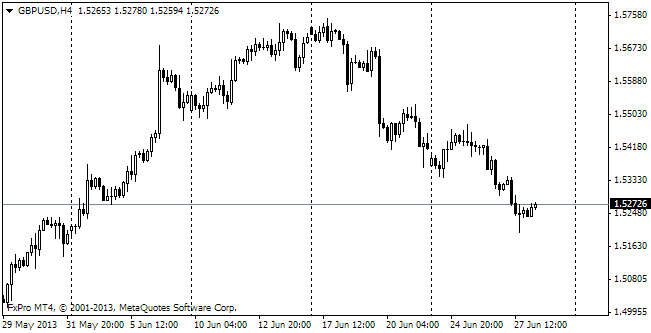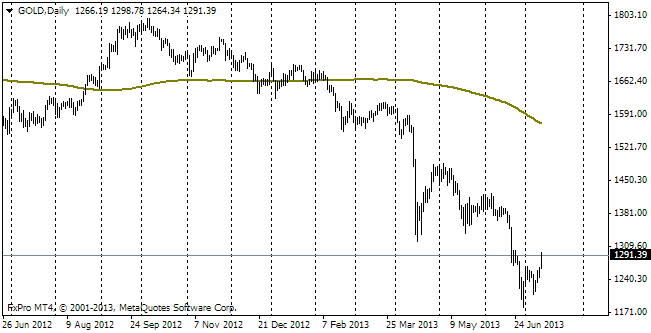EUR/usd
The euro keeps recouping its losses and has already recovered to the levels seen before the ECB's rate decision. 1.3500 had been broken by the beginning of the EU session, after which bulls wanted to take the pair higher, but were stopped at 1.3540. The bears are retreating, albeit gradually. To surrender there should be more solid reasons and there hardly was any yesterday. In the meantime, stock markets were making their way up for the most part of the day. At the beginning of trade S&P 500 hit 1800 and Dow broke above 16000, but then players decided to start some correction after the words of famous investor Icahn. In his interview to Reuters he expressed his worries about the market and supposed that stocks could seriously decline. Of course, one person is hardly able to swing the markets around, but words pronounced in due time may provoke an impressive correction. Technically, if stock markets corrected by a few percents in the coming days, this could form the basis for stock growth during the holiday season as it would make stocks attractive for purchasing. And without that we will be observing slack growth, which in the end will turn into a continuous correction when the Fed will manifest that it aims at policy toughening. Notwithstanding the fact that Forex hasn't been showing any clear-cut correlation with stock exchanges lately, it is also likely to be affected by these moves. There is only one reason for a correction in stocks – change in the Fed's mood, which is sure to tell on the dollar's performance. In this case it will be in demand and we will immediately see the difference in the direction of the ECB's and Fed's monetary policies. If there are no changes of the kind, the current unsteady uptrend will be still with us for the coming days and probably weeks. In the short term the situation promises to be interesting, should 1.3550 (the previous local high) be broken – it may trigger stop orders, but in the interval between 1.3550 and 1.3800 there are no significant obstacles to growth.

GBP/USD
Yesterday the pound tried to equal the success of the euro and stock market, attacking the dollar. It managed to hit 1.6150. It doesn't look as good as 1.3500 of EUR, 1800 of S&P 500 and 16000 of Dow, but it is also progress. The pound has been doing quite well recently, but now it seems that it will have to act on the defensive as now it is time for the lagging to make their way up. In addition, we have some doubts if Britain will be able to show impressive growth rates for a long time, if Europe stagnates. It should be considered that the EU countries account for two thirds of Britain's turnover.

USD/JPY
Correlation with stock markets on the whole is favorable for the yen, except for the periods when markets suffer correction. The profit-squeeze, which we mentioned above, provoked correction in the pair. usdjpy tumbled down to 99.5 during the Asian session today, but we believe that it is time to buy the pair, though there is some potential for growth in it. To become attractive for buyers it needs to fall at least to ¥99 per dollar.

gold
Quite a strange picture for the previous years. The dollar is suffering across-the-board attack, while Gold is standing aloof and even running some correction. And it is all because the reason for purchasing commodity assets has changed. Earlier they, like stocks, were purchased as a hedge against inflation. And now stocks are purchased in the quest for higher returns than ensured by bonds. Yet, inflation threatens neither the developed nor the developing world. It is true that the good times for Gold are passing for a while. Until there is inflation, we shouldn't expect the return of oil and Gold.
